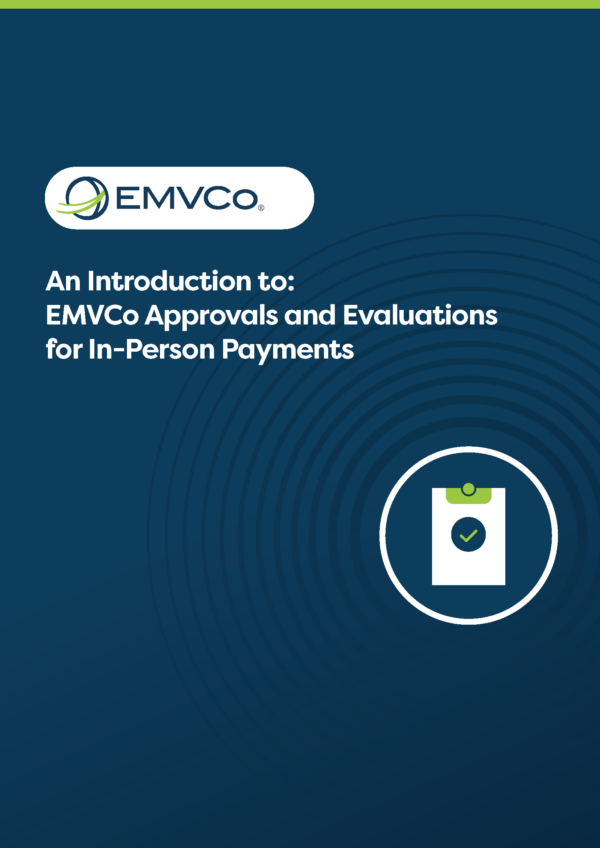Learn how EMV® Chip Specifications help reduce card fraud.
Why EMV chip?
Throughout the 1990s, companies in various countries across the globe began to enhance payment card security by deploying microprocessor chip technology.
But as these were designed only to meet domestic payment requirements and specifications, they could only be used in a single country. As a result, although chip technology could protect against fraud in domestic transactions, less-secure magnetic stripe technology was the only option when cardholders travelled internationally.
Making payments reliable, secure, and convenient for businesses and consumers worldwide, therefore, was a key industry challenge to be addressed. Enter EMV chip.
What is EMV chip?
The EMV Chip Specifications are designed to facilitate the reduction of fraud at retail store locations, by enabling secure contact and contactless EMV Chip transactions worldwide. As the payment information stored on an embedded microchip is very difficult to counterfeit, chip cards offer transaction security that traditional magnetic stripe cards cannot provide.
Specifically, EMV Chip Specifications define the protocol for communication between an EMV payment device (e.g. a card, smartphone or wearable embedded with a secure chip) and a chip reader in the acceptance terminal, which means chip cards can be seamlessly used and accepted on EMV-compatible payment terminals anywhere in the world.
Understanding cardholder verification methods (CVM)
The EMV Chip Specifications support a variety of cardholder verification methods (CVMs), which provides flexibility to stakeholders and marketplaces to deploy the option that best suits their needs, and to address national and regional requirements. These include seven different CVMs, such as online and offline PIN, as well as ten biometric verification types including fingerprint, iris, voice and facial recognition. EMV Specifications also support Consumer Device Cardholder Verification Methods (CDCVM), which enable consumers to verify themselves on their own mobile device.
It is important to note, however, that EMVCo does not dictate which, if any, CVM must be used. This is dependent on the issuer configuration of the card and the capabilities of the acceptance terminal.
Reducing card fraud
EMV Specifications form part of a layered approach to improving security and reducing card fraud.
Merchants, acquirers, and card issuers around the world have deployed EMV chip technology for these benefits, with nearly 10 billion EMV chip payment cards in circulation globally today, and the Nilson Report noting EMV technology as providing the best protection against losses from counterfeit cards.
This is evident across countries where EMV chip technology has been introduced. Counterfeit card fraud has reduced in the United Kingdom by 90%[1], and in Canada by 76%[2] since 2008. In the United States, where migration is still underway, the Federal Reserve Bank of Atlanta has reported that “counterfeit card fraud is dropping […] in a trend that is consistent with other countries” that have migrated to EMV chip.[3]
Download this resource to learn more about EMV Specifications and how they are used to develop innovative, secure, and globally interoperable payment methods for both physical and remote commerce.
[1] UK Finance, ‘Fraud the Facts 2019’, March 2019
[2] Canadian Bankers Association, ‘Learn how to protect yourself from credit card fraud’, February 2019
[3] Federal Reserve Bank of Atlanta, ‘The Future of U.S. Fraud in a Post-EMV Environment’, June 2019



